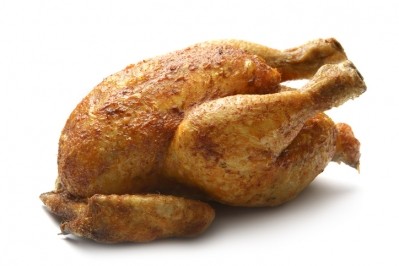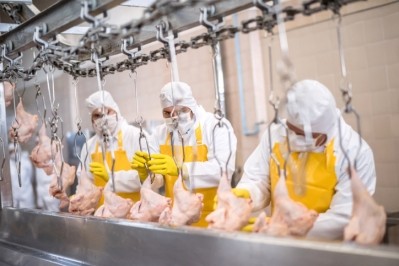Labor challenges hitting the CPG industry persist, prompting calls for help from government

The number of Americans who quit or changed jobs soared to an all-time high of 4.5 million in November – eclipsing previous highs set in September, according to the most recent job openings report from the Labor Department released Jan. 4. The surge represents a 3% quit rate increase and brought the total number of Americans to leave their jobs in the past year during the so-called Great Resignation to more than 43 million.
The bulk of the losses, unsurprisingly, are occurring in industries hard hit by the pandemic and related safety restrictions, such as accommodation and food service, which saw more than 159,000 quits in November, health care and social assistance where burnout contributed to more than 52,000 quits in the month and transportation, warehousing and utilities, which dropped more than 33,000, according to BLS.
A longer view of the data reveals that manufacturing is bearing a heavy brunt of the quits since pre-pandemic. According to analysis of BLS data by The Washington Post, the percent change in quit rates within manufacturing between November 2021 and pre-pandemic is a staggering 58%. This far exceeds the impact of the next hardest hit segment – wholesale trade – which saw quits increase 39% in the period.
The drop expands over a period when worker safety, pay and other benefits have come under the microscope and have been heavily criticized.
For example, workers and food production plants early in the pandemic faced higher rates of exposure to the coronavirus than other segments because they were not able to work from home. Rather, they continued to work long hours in close quarters with limited personal protective equipment. This led to several high profile outbreaks at meat packing facilities and hotspots in other manufacturing sites.
Food manufacturers have taken great strides to enhance worker protections since the early days of the pandemic with many – including Tyson Foods – holding vaccination clinics at work sites, providing PPE, implementing spacing and safety protocols and offering higher wages and other benefits.
Still many workers opted to quit rather than risk exposure – a decision potentially made easier by government stimulus.
Also during this period, worker strikes at companies like Kellogg revealed employee discontent with two-tiered pay systems that offered full-time, union-protected employees higher wages than temporary workers who do not always have a clear path to full-time status.
Wages also became a flashpoint with some workers feeling they were not sufficiently compensated for risks and long shifts, such as in the case of Nabisco workers who took at stand against Mondelez International last year.
Hires are outpacing quits, but the numbers could be deceptive
Not every quit is a loss for industry as a whole and the economy as many workers find new jobs – indeed BLS data shows hires are outpacing quits at 6.7 million hires at a rate of 4.5% compared to 6.3 million quits at a rate of 4.2% in November.
December saw an addition of 199,000 non-farm payroll employment – bringing the unemployment rate down to 3.9%, according to BLS data released Jan. 7. It adds this includes 26,000 jobs in manufacturing, primarily in durable goods.
While this may look good on paper, the growth is only a fraction of what the CPG industry needs to keep up with rising demands, according to the Consumer Brands Association.
CBA analysis of the December BLS data found only 1,590 CPG jobs were added last month – a sum that makes “little progress against the industry’s 118,000 openings,” the trade group says.
“We head into 2022 with tremendous uncertainty about the future of our workforce, not yet knowing the effect that he omicron variant will have on worker participation or consumer demand,” CBA CEO and president Geoff Freeman said in a statement.
He explains that as consumer demand rises beyond the March 2020 panic-buying levels for a fifth straight month, the CPG industry needs “a robust and healthy workforce.”
To that end, CBA – along with more than 30 other industry trade groups – asked The White Hours to prioritize access to coronavirus testing supplies for food manufacturers and other critical infrastructure stakeholders.
Providing tests to essential workers and industries would “prevent interruption to critical goods and services at a time when Americans need them the most and would help to protect those workers who remain on the front lines of the pandemic,” CBA and others argue in the letter sent from the Critical Infrastructure Supply Chain Counsel.











